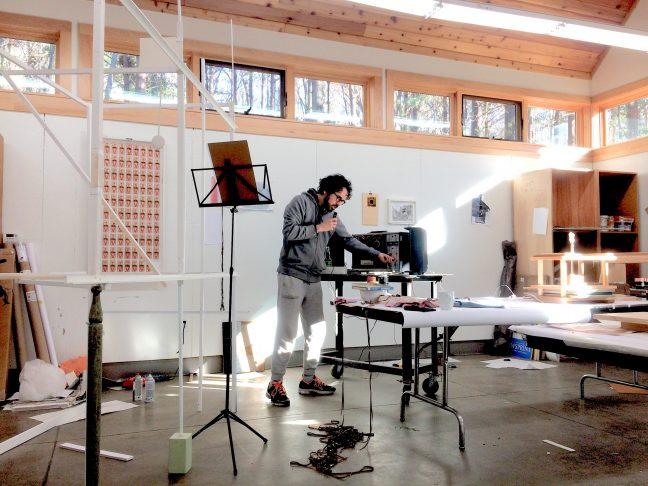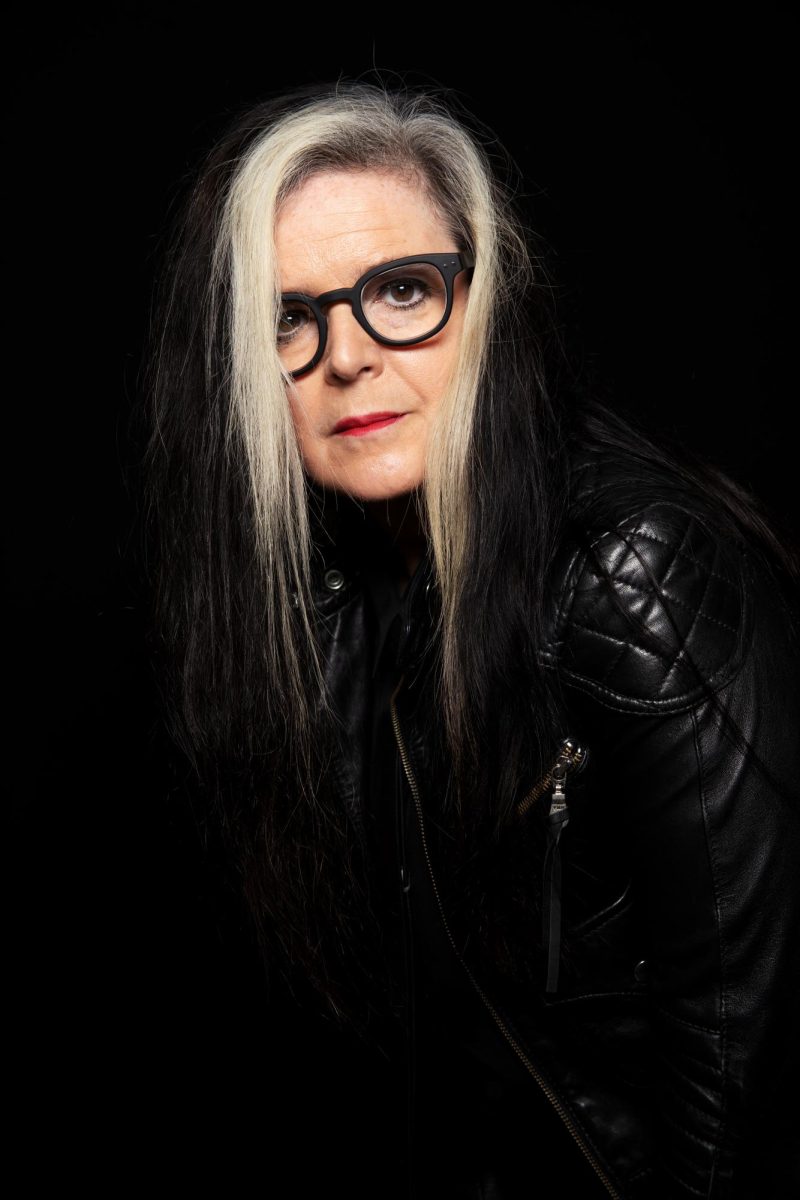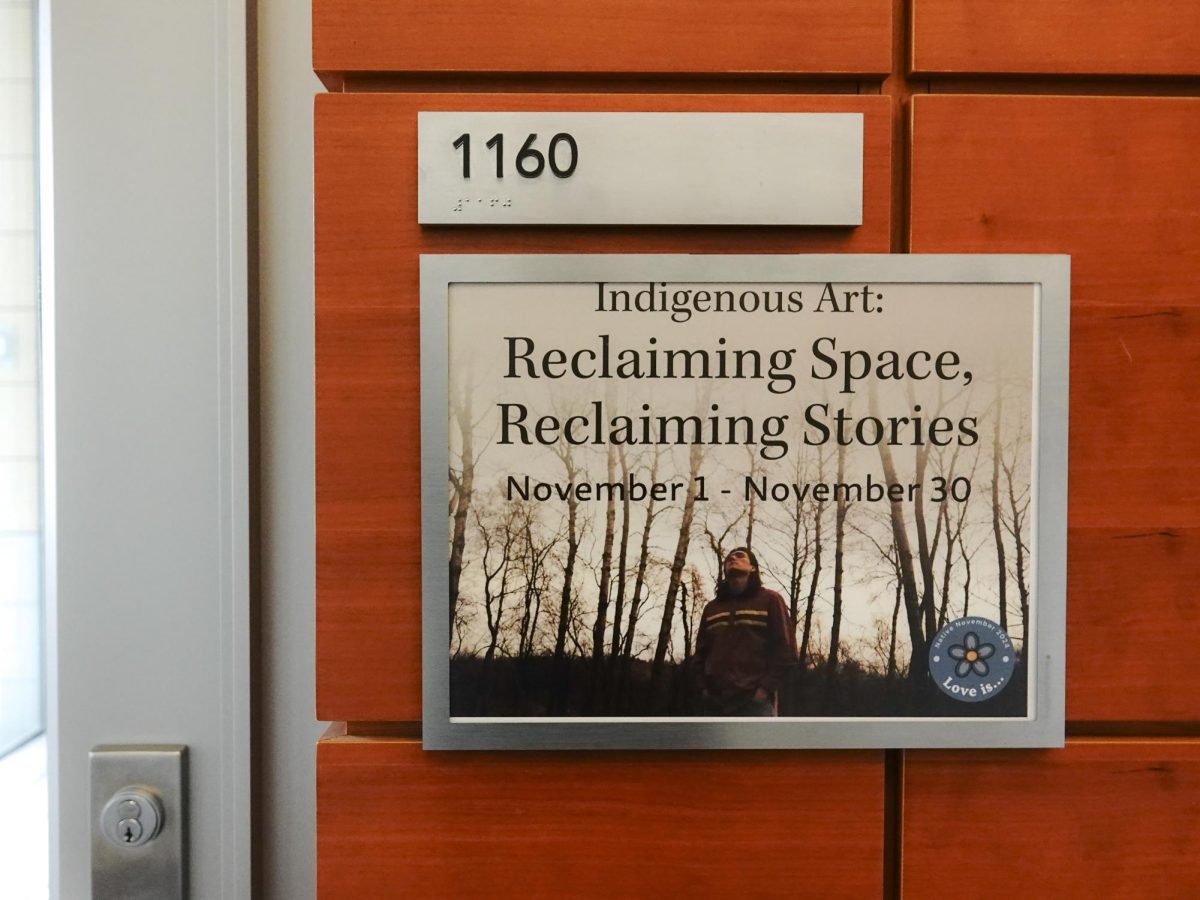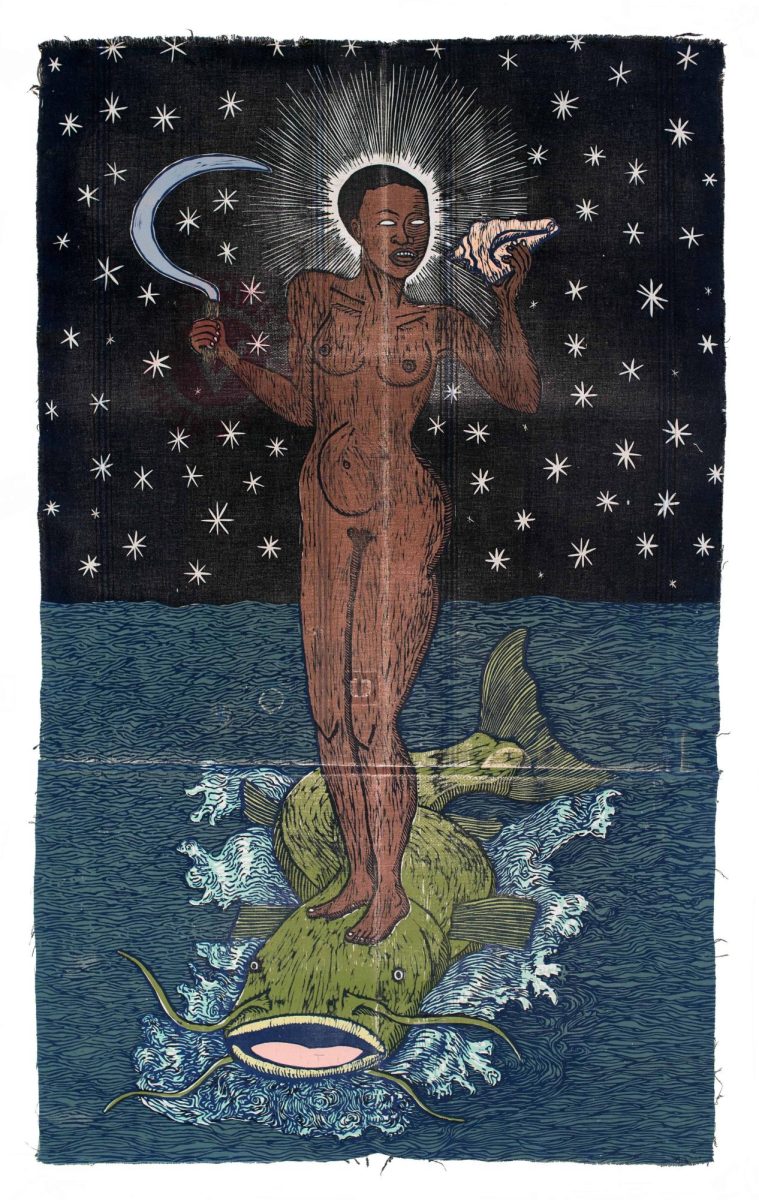Instead of focusing on what is lost in translation, artist Chris Maddox will be exploring what is transformed between different works of literature through visual and digital pieces in his upcoming exhibit Antiparallel (≠).
The will be showcased at the Arts + Literature Laboratory Dec. 9 from 6-9 p.m.
Maddox is no stranger to Madison, having received a graduate degree in the fine arts from the University of Wisconsin and working at different design agencies in this area. Although he has traveled the world and upheld a multitude of different employment opportunities, he will be circling back to Madison to showcase the upcoming installation.
Dan Ramirez’s explores light and faith through ‘Certainty and Doubt’
It took some time for him to travel, meet new people and have another person believe in his ability as an artist to be able to get back into focusing on his art in a new light and a more scheduled manner, Maddox said.
“What kind of guides the choice of what I work on is similar to the product of my background and my experience in the world and my persisting interests in things scientific and thoughtful,” he said. “It keeps me engaged in the work that involves something really concrete to begin with and very relatable that comes out of a physical object like a map.”
For his latest installment, Maddox decided to use the unequal to symbol (≠) to embody the idea of the “Anti-parallel.” The story what the show is built upon,”The Garden of Forking Paths,” also helped inspire the name.
A new exhibit in Chazen’s Garfield Gallery explores relationship between science fiction, literature
An obsession with the idea of differences in translation between languages sparked a new inspiration in him.
“Suddenly, I just got really interested into looking into this literature content from a more esoteric point of view and from the visual artist point of view … It has always troubled me as to what happens to literature and poetry when it’s translated from its original language into a new language,” Maddox said.
This notion of what is and is not parallel was originally explored through Maddox’s research of translation and linguistics.
Maddox realized literature can be transformed into something new and different in its translation. He decided to incorporate this into his work, and said the cultural significance of a story in its original time, place, language and culture is always transformed.
Grammy winner Richard Goode will bring classical music to Wisconsin Union Theater
“I’m interested in the beauty of the Anti-parallel, or the fact that there are changes, and looking at how that can be a very generative process,” Maddox said. “When people talk about translation, they talk about what’s lost and the expression “lost in translation” is the catchphrase. We are forgetting this is a generative process and we’re not giving it credit for being that.”
It is acknowledged in his work that although there might be some meaning or cultural context lost in something that is transcribed to a different language, a new insight from those interpreting the work can be gained from comparing both the original and reconstructed texts.
He compares this to the idea of film adaptations varying from storylines of plays or books as there are always going to be noticeable differences due to Transcribe audio and video, but they might not necessarily be considered changed.
In terms of his exhibition, Maddox said it is quite varied and disjointed, actually.
“It’s sort of a conveyance of a stream of consciousness,” Maddox said.
It will not only contain visual and three-dimensional art, but it will also contain digital film and other multimedia pieces. Maddox decided to do this to showcase how limitless making visual art in response to the content of a piece or literature work can be.
The conversations that his pieces might spark between viewers are what he is most excited about. For most artists, the way in which their art affects those subjected to it can be either a positive experience, a learning experience, or a bit of both.
Maddox’s advice for aspiring artists is to make sure that their goals are set straight and planned out clearly — as well as being able to recognize when it is time to adjust their goals a little bit. He also advises aspiring artists to be willing to “work at it” for a long time and make it a labor of love until it gets fun because, even though art is a passion and can be very fun, it also becomes a lot of work.
“You have to really devote a lot of time and energy into trying to become an artist,” Maddox said. “They say until you’ve put 10,000 dollars into something you’re not going to be good at it.”














